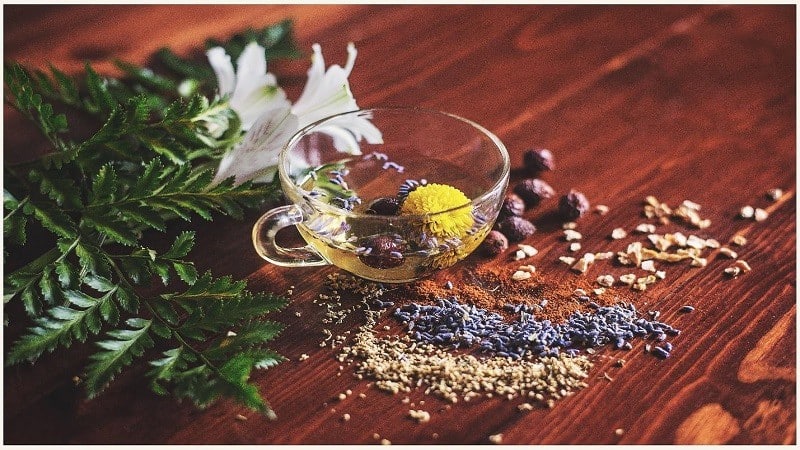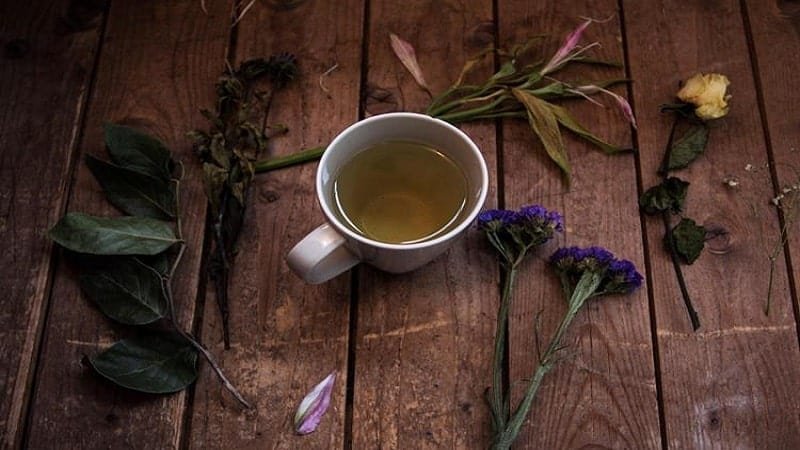Life can be hectic and overwhelming, leaving us feeling stressed and tense. I’ve found that combining progressive relaxation with breathing exercises is a powerful way to unwind and restore balance. These techniques not only help release physical tension but also promote mental clarity, making it easier to navigate daily challenges.
Imagine sinking into a state of calm as you focus on your breath while systematically relaxing each muscle group. It’s a simple yet effective practice that anyone can incorporate into their routine. Join me as I explore how these two techniques work together to create a serene oasis in our busy lives.
Overview of Progressive Relaxation
Progressive relaxation focuses on systematically tensing and relaxing muscle groups to relieve stress and promote deep relaxation. This technique creates physical and mental peace, enhancing overall well-being.
Definition and Benefits
Progressive relaxation involves tense muscles in certain areas of the body, followed by relaxation. This process significantly reduces tension and anxiety. Benefits include improved sleep quality, enhanced mental clarity, and decreased stress response. It’s an effective tool for those exploring healthy lifestyles through yoga and meditation.
Techniques Used
Progressive relaxation techniques include:
- Body Scan: I guide participants to mentally check in with each part of the body, noting tension and releasing it.
- Muscle Tension: I instruct individuals to tense muscles for a few seconds and release, feeling the contrast between tension and relaxation.
- Breath Awareness: I incorporate breath control, coordinating deep inhalations and slow exhalations with muscle relaxation for enhanced focus.
- Focused Imagery: I encourage visualization of peaceful scenes, aiding relaxation as muscle groups are released.
Incorporating these techniques into daily practice supports a holistic approach to achieving typical wellness goals.
Overview of Breathing Exercises
Breathing exercises play a vital role in achieving a balanced and healthy lifestyle. They enhance the body’s oxygen intake, promote relaxation, and support overall well-being. By combining breath control with progressive relaxation, individuals can cultivate a deeper connection to their bodies and minds.
Importance of Breath Control
Breath control significantly impacts physical and mental health. It helps reduce anxiety and stress levels, providing a sense of calm during challenging situations. Regulating breath fosters awareness and focuses the mind, serving as a natural anchor during meditation. Developing breath control enhances lung capacity and improves overall respiratory health, which is essential for practicing yoga and meditation effectively.
Common Breathing Techniques
I often use several effective breathing techniques in my practice. Here are a few you can try:
- Diaphragmatic Breathing: This technique encourages deep abdominal breathing. It benefits relaxation, reduces tension, and improves oxygen flow. Place one hand on your chest and another on your belly, inhaling deeply through your nose while expanding your abdomen.
- Box Breathing: This method involves a structured pattern of inhaling, holding, exhaling, and holding the breath again. For example, inhaling for four counts, holding for four counts, exhaling for four counts, and holding once more for four counts. This practice promotes focus and helps manage stress.
- Alternate Nostril Breathing: This technique balances energy and calms the mind. Close one nostril with your thumb, inhale through the other nostril. Then, switch, closing the inhaling nostril and exhaling through the opposite side. Repeat several cycles for optimal relaxation.
- 4-7-8 Breathing: This technique involves inhaling for four counts, holding for seven counts, and exhaling for eight counts. It’s particularly effective for calming the nervous system and aiding sleep.
Incorporating these breathing techniques into your daily routine enhances relaxation and complements progressive relaxation practices. Integrating breathwork into your yoga and meditation sessions creates a soothing environment that fosters overall wellness.
Combining Progressive Relaxation with Breathing Exercises
I find that the combination of progressive relaxation and breathing exercises creates a powerful synergy in achieving relaxation and mental clarity. Merging these two techniques enhances the benefits of each, allowing for a deeper experience in managing stress and promoting overall wellness.
Synergistic Effects
Integrating progressive relaxation with breathing exercises leads to profound relaxation and reduced anxiety. When I guide my students through progressive relaxation, I encourage them to focus on their breath. This practice grounds them, allowing their minds and bodies to connect more deeply. For instance, while tensing and relaxing muscle groups, students can inhale deeply, holding the tension, then exhale fully as they release. This rhythm amplifies the calming effects and fosters a more mindful experience, helping to cultivate greater awareness.
Moreover, the combination strengthens lung capacity and promotes better control over physiological responses to stress. The act of focusing on breath during muscle relaxation enhances the benefits of both practices, leading to improved focus, enhanced emotional regulation, and a sense of tranquility that can last well beyond the session.
Step-by-Step Guide
To effectively combine progressive relaxation with breathing exercises, follow these steps:
- Find a Comfortable Position: Sit or lie down in a quiet space, allowing yourself to feel at ease.
- Begin with Breath Awareness: Close your eyes and take a few deep breaths. Inhale through your nose and exhale through your mouth, releasing any tension.
- Tense and Relax: Start with your toes. Inflate your stomach as you tense the muscles. Hold for a moment, then exhale and release the tension. Focus on how the relaxation feels.
- Move Upward: Progressively tense each muscle group—feet, legs, abdomen, arms, shoulders, neck, and face—using your breath to guide the process. Inhale as you tense, exhale as you relax.
- Maintain Focus on Breath: After you complete the tension-release cycle, continue to breathe deeply. Observe the rise and fall of your chest and abdomen. Allow your breath to flow naturally.
- Visualize Calmness: Incorporate a calming image or mantra with each exhalation. Imagine stress leaving your body each time you breathe out.
- Pause and Reflect: After completing the sequence, stay in stillness for a few moments. Enjoy the relaxation and sense of peace.
By intertwining progressive relaxation and breathing techniques, you can create a comprehensive routine that nurtures your body and mind. This practice fosters a peaceful state that can be especially beneficial in today’s busy world.
Practical Applications
Combining progressive relaxation with breathing exercises provides numerous practical applications for anyone looking to enhance their wellness journey. These techniques can seamlessly fit into daily routines, making them accessible even during busy days.
Stress Reduction
Stress reduction stands as a primary benefit of integrating these practices. I often guide my students to focus on their breath while tensing and relaxing specific muscle groups. By tensing a muscle for a few seconds and then releasing, I help them notice the contrast, resulting in immediate stress relief. As they maintain awareness of their breath through techniques like diaphragmatic breathing, they experience a calming effect that significantly diminishes anxiety levels. This combination is especially useful after a hectic day when restoring balance becomes essential.
Enhanced Focus and Well-Being
Enhanced focus and well-being emerge naturally from the steady practice of these techniques. Combining progressive relaxation with breathing exercises cultivates a state of mental clarity. I encourage my students to practice focused imagery while using techniques like box breathing. This mindfulness keeps them anchored in the present moment, promoting deeper awareness. Regularly incorporating these practices into daily life not only boosts concentration but also fosters overall emotional well-being. As they explore their inner landscapes through meditation and breathwork, I see them thrive on a more profound level, celebrating their unique journeys towards health.
Conclusion
Finding balance in our busy lives can be tough but combining progressive relaxation with breathing exercises has helped me tremendously. It’s amazing how just a few minutes of focused practice can create such a sense of calm and clarity.
I love how these techniques work together to not only ease tension but also enhance my overall well-being. By making this combination a part of my daily routine I’ve noticed a significant improvement in my stress levels and focus.
If you’re looking for ways to unwind and reconnect with yourself I encourage you to give it a try. Embrace the journey and enjoy the peaceful moments that come with each breath.
















